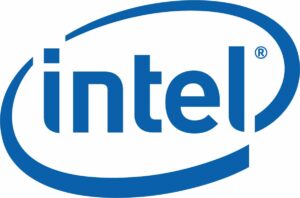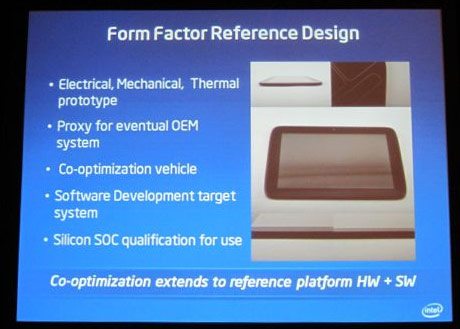Information regarding Intel’s 32nm “Medfield” mobile chip leaked
Andy Ruffell / 13 years ago

According to some, Intel is decided onto entering the mobile market and is taking it very seriously. As the launch of the next-generation Atom mobile platform approaches, Intel is making some noise about its first true System-on-a-Chip (SoC).
Intel started with an internal reorganization and merged four distinctive business units into one: Mobile Communications, Mobile Wireless, Netbook & Tablet PC and Ultra-Mobility. Now known as “Mobile and Communications”, the first product set to come out of this new division is a 32nm chip called “Medfield”, the first true SoC and highly-integrated-solution.

This new chip may be the first true SoC, but it will compete against companies that are no stranger to the mobile platform, companies such as Apple and its A-Series, Nvidia’s Tegra, Qualcomm and its Snapdragon, Samsung and its Exynos or even Texas Instruments’ OMAP. One might want to point out that out of the ones mentioned above, only the Exynos from Samsung is currently manufactured in 32nm process.
Just a few weeks before the official launch, the first performance numbers for the “Medfield Table Platform” start to appear. The actual development has an x86 processing core operating at 1.6GHz, 1GB LP-DDR2, WLAN/Bluetooth/FM Radio chip of unnamed manufacturer, a 10.1″ 1280×800 resolution screen and eMMC/micro-SD card for removable storage.
Benchmarks were performed on Honeycomb (Android 3.x) although the finished product will make use of the Ice Cream Sandwich (Android 4.x).
The first performance test reveal the Medfield 1.6 GHz to score at around 10,500 in Caffeinemark 3. To compare, Nvidia’s Tegra 2 stands at around 7,500 while Qualcoom’s Snapgradon MSM8260 is at 8,000. The Exynos from Samsung currently holds the title with 8,500 although the Tegra 3 from Nvidia also remains to be tested.
Another point that should be mentioned is the power consumption, which as it currently stands, the prototype version consumes 2.6W when idling although Intel is targeting 2W. The worst case scenario is video playback: watching a video at 720p in Adobe Flash format will consume 3.6W while the target for the finished product is 1W less (2.6W).
While it remains to be seen whether Intel can reach the target specs, this new mobile platform should present some competition to today’s most advanced companies in the field.



















